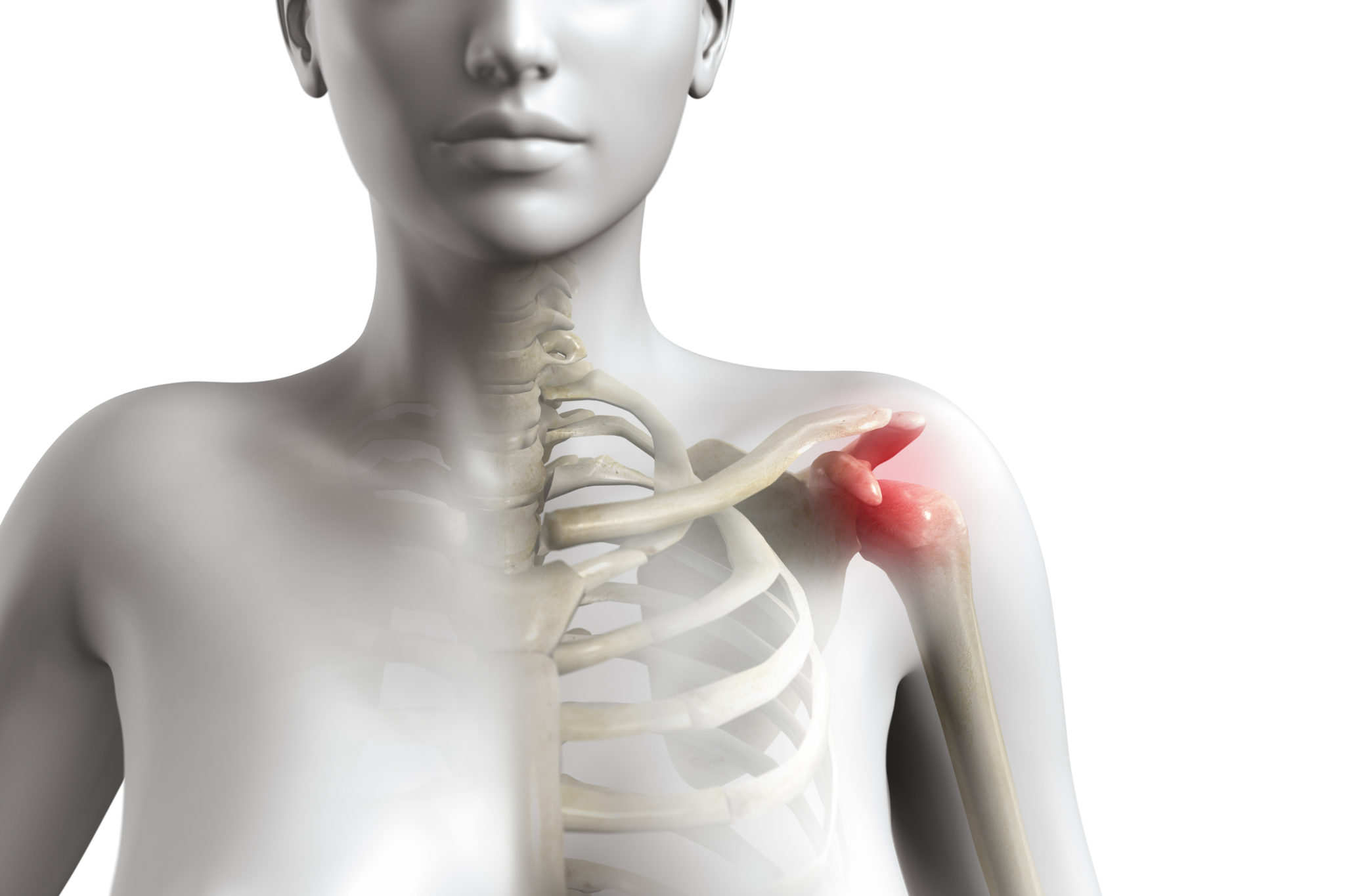
Chronic shoulder pain rarely appears out of nowhere. It often grows silently through years of unnoticed strain. Many people ignore early discomfort, thinking it will disappear on its own. However, untreated shoulder issues often evolve into persistent, debilitating problems over time. When simple remedies like rest, medication, and physical therapy fail, surgical solutions come into view. Orthopedic surgery offers options to repair damaged tissues, realign structures, and restore lost function. But the decision to operate requires careful weighing of risks, benefits, and personal circumstances. Understanding how orthopedic surgery fits into chronic shoulder pain treatment requires more than just reading pamphlets.
Chronic shoulder pain rarely appears out of nowhere
Small repetitive movements, overuse injuries, and poor posture often build up silent damage. Occupations requiring overhead work, frequent lifting, or extended desk hours significantly stress shoulder structures daily. Minor injuries accumulate, slowly degrading ligaments, cartilage, and rotator cuffs without dramatic incidents. By the time pain surfaces consistently, internal deterioration may have progressed beyond simple healing. Early imaging often reveals tears, bone spurs, and joint misalignments that no longer respond to conservative therapies. Recognizing these patterns earlier could prevent many patients from facing surgery later.
When simple remedies like rest medication and physical therapy fail surgical solutions come into view
Non-surgical treatments usually form the first lines of defense against chronic shoulder pain. Doctors prescribe anti-inflammatory medications, physical therapy regimens, and sometimes steroid injections to control symptoms. These approaches aim to strengthen surrounding muscles and reduce inflammatory processes irritating shoulder tissues. However, when multiple months of dedicated non-surgical management bring no lasting relief, surgery enters the discussion. Some conditions, like full-thickness rotator cuff tears or severe arthritis, inherently resist conservative treatments. Surgery then becomes less about choice and more about reclaiming function necessary for daily living.
Orthopedic surgery offers options to repair damaged tissues realign structures and restore lost function
Orthopedic surgeons tailor interventions based on the exact nature and severity of shoulder pathology. Arthroscopic repairs, minimally invasive procedures using small cameras and instruments, often address rotator cuff tears or labral injuries. Open surgeries correct complex fractures, replace damaged joints, or transfer tendons to restore movement. Ligament reconstructions rebuild essential stability lost through years of microtrauma. Each technique carries unique recovery pathways, success rates, and rehabilitation demands. Surgery aims not only to stop pain but also to return strength, range of motion, and normal biomechanics. Achieving this balance requires strategic planning and disciplined postoperative participation.
Non-surgical treatments usually form the first lines of defense against chronic shoulder pain
Physical therapy remains central to managing shoulder issues conservatively. Targeted exercises strengthen supportive muscles and improve shoulder blade positioning. Manual therapy techniques reduce joint stiffness and scar tissue buildup, restoring smoother motion patterns. Pain management techniques, including TENS units and heat or cold therapies, supplement rehabilitation programs. Activity modification, ergonomic adjustments at workstations, and posture retraining relieve ongoing mechanical stresses. Many patients achieve meaningful improvements with consistent, patient-centered therapy over several months. Unfortunately, when structural damage is too advanced, these approaches alone cannot reverse the underlying issues.
Arthroscopic repairs minimally invasive procedures using small cameras and instruments often address rotator cuff tears
Arthroscopy revolutionized shoulder surgery by minimizing tissue trauma and speeding recovery compared to traditional methods. Surgeons insert tiny cameras and tools through small incisions, preserving healthy tissues surrounding injured areas. Torn tendons are reattached to bone using sutures and anchors, restoring normal force transmission. Loose cartilage fragments, bone spurs, and inflamed bursae are removed during the same procedure. While minimally invasive, arthroscopy still demands extensive postoperative rehabilitation to rebuild strength and flexibility. Successful outcomes depend less on the surgery itself and more on the patient’s dedication afterward.
Physical therapy remains central to managing shoulder issues conservatively
Therapists design personalized programs targeting strength, endurance, and proprioception deficits contributing to shoulder dysfunction. Core stability, rotator cuff activation, and scapular mobility exercises often feature prominently in these regimens. Home exercise compliance significantly influences progress, especially between formal therapy sessions. Gradual progression of load, speed, and range of movement prevents re-injury while building durable improvements. Therapists also educate patients about movement mechanics to reduce strain during daily activities. Well-executed therapy can often delay or entirely avoid surgical intervention in less severe cases.
Arthroscopy revolutionized shoulder surgery by minimizing tissue trauma and speeding recovery compared to traditional methods
Traditional open surgeries required large incisions, muscle detachment, and longer hospitalization periods. Arthroscopy’s tiny entry points preserve muscular attachments and reduce infection risks substantially. Shorter surgeries lower anesthesia times, minimizing overall systemic stress during procedures. Postoperative pain levels tend to be lower, facilitating earlier initiation of movement therapies. However, less invasive does not mean easier rehabilitation; strict adherence to staged recovery protocols remains essential. Patients often misunderstand this point, expecting instant return to full activities, leading to frustration when progress feels slow.
Therapists design personalized programs targeting strength endurance and proprioception deficits contributing to shoulder dysfunction
Standardized protocols rarely address the specific movement patterns and weaknesses unique to each patient. Detailed functional assessments guide tailored program development, addressing underlying biomechanical causes of pain. Dynamic stabilization exercises train deep joint stabilizers often neglected in traditional gym routines. Reactive neuromuscular training teaches shoulders to respond safely under unpredictable loads encountered during sports or manual labor. Psychological coaching sometimes supplements therapy for patients struggling with fear-avoidance behaviors after injury. Comprehensive, individualized therapy reduces recurrence risks and improves long-term outcomes even if surgery becomes necessary later.
Traditional open surgeries required large incisions muscle detachment and longer hospitalization periods
Open techniques remain necessary for complex reconstructions, severe deformities, or complete joint replacements. Large incisions provide surgeons better visualization and access when repairing massive rotator cuff tears or shattered bones. However, the associated tissue trauma slows healing considerably compared to arthroscopic methods. Longer hospital stays increase infection and complication risks, necessitating stricter perioperative management protocols. Rehabilitation timelines stretch longer, requiring even greater patient persistence to achieve comparable functional results. Decisions about surgical approaches weigh anatomical demands against patient recovery capabilities and lifestyle needs carefully.
Source: Best Orthopedic Surgeon in Dubai / Best Orthopedic Surgeon in Abu Dhabi
